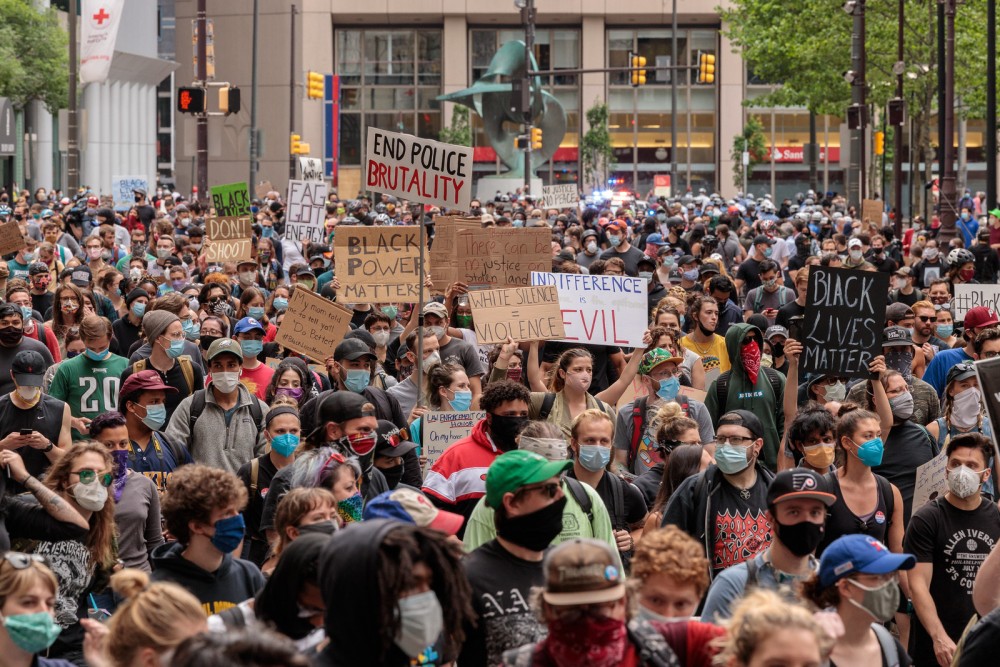The coronavirus lockdown was doomed before the mass protests began
Its demise came from the same system that killed George Floyd and Breonna Taylor.

The coronavirus lockdown is dead, and, to paraphrase Nietzsche, we have killed it. It ended with nationwide protests against police brutality following the killings of George Floyd and Breonna Taylor, nudged along by public health authorities who gave their blessing to the mass gatherings after months of insisting that social distance and staying home were a scientific and ethical necessity.
To some observers this was dangerous hypocrisy. Public health experts, wrote Thomas Chatterton Williams in the Guardian, “have hemorrhaged credibility and authority” by appearing to twist their scientific reasoning toward political ends, just as climate-science deniers are typically accused of doing. Other critics were less even-handed.
But our attempts to restrain the spread of the virus were already winding down. The willingness of many Americans to go out in the street together to protest was not just a cause but an effect of the breakdown of the measures. The coronavirus crisis and the mass protests against systemic racism are different but, it turns out, deeply related.




